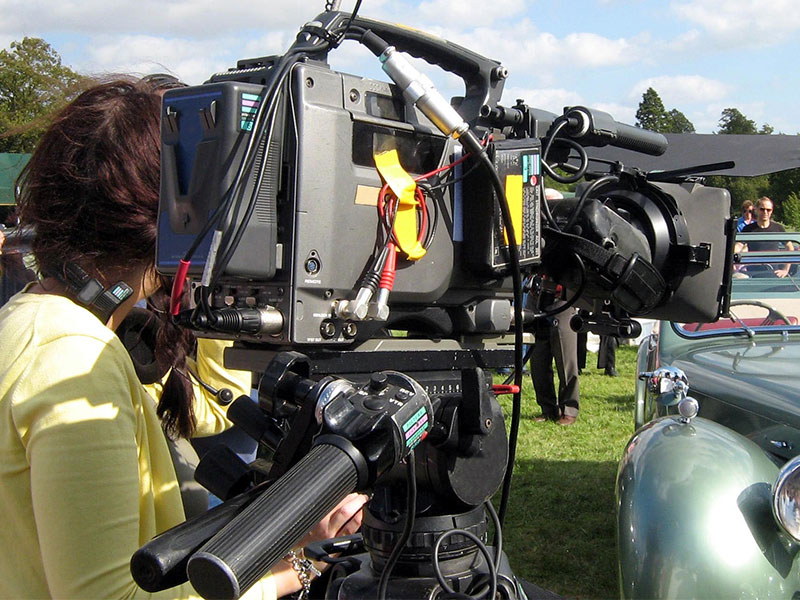Whether knowingly or unknowingly, you’ve probably encountered Gaffer’s Tape a number of times before. So what is Gaffer’s tape, then?
This specialty tape is made out of heavy cotton cloth, and has a similar look and feel to duct tape. It is primarily used by production crews on film, TV, and in live music to tape down cables, and is preferred in this industry for its matte finish that does not reflect light or interfere with visuals.
Gaffer’s tape is designed so that when removed it does not damage the material or leave behind any residue. Another advantage of Gaffer’s tape is that unlike duct tape, it can withstand temperatures as high as 93 degrees Celsius without melting.
Gaffer’s Tape Use
Gaffer’s tape is widely recognized for its many applications, which are critical to the film and music industry. A few of its benefits in the production industry include attaching gels to light, spiking a tripod, setting marks for an actor, taping things to walls with paint (Gaffer’s tape will not pull off paint), taping down cables to the floor, securing two cables together, hanging up paper or cloth, labeling dimmers and circuits, labeling gear, and securing backdrops.
Because gaffer’s tape is so durable, it does not wear down easily from foot traffic, which makes it an excellent choice for marking positions.
Another, perhaps less common use of Gaffer’s tape is to repair tears in the vinyl. Because of its vinyl coating, it is an excellent match to repair tears or rips in vinyl surfaces such as bus seats, booths, and more.
Gaffer’s Tape Vs. Duct Tape
Returning to the theme of Gaffer’s Tape vs. duct tape, there are many uses and benefits for both types of tapes, and you’ll want to know the difference to make sure you’re using the right tape for the job.
Starting out with composition, Gaffer’s Tape is made of vinyl coated cloth, and duct tape is made from polyethylene coated cloth. One of the most notably visible differences between the two tapes is that duct tape is highly reflective and Gaffer’s tape has a matte finish.
As mentioned, one of the primary benefits of using Gaffer’s tape is that it leaves no residue behind, which is ideal for when you plan to set up and remove something and don’t want to leave any marks. Duct tape, however, is great for permanent or semi-permanent adhesions or repairs on the spot.
Another benefit of Gaffer’s tape is that it can be torn by hand. This is ideal for working quickly on set where cutting tools may not be readily available. While it is possible to tear duct tape by hand, there are some duct tapes that come with extra reinforcement that require it to be cut with scissors or other tools, which may limit its usage on the fly.
Both Gaffer’s Tape and duct tape are water resistant, however, Gaffer’s tape can withstand much higher temperatures than duct tape, making it the ideal choice for adhering the tape to hot light fixtures.
